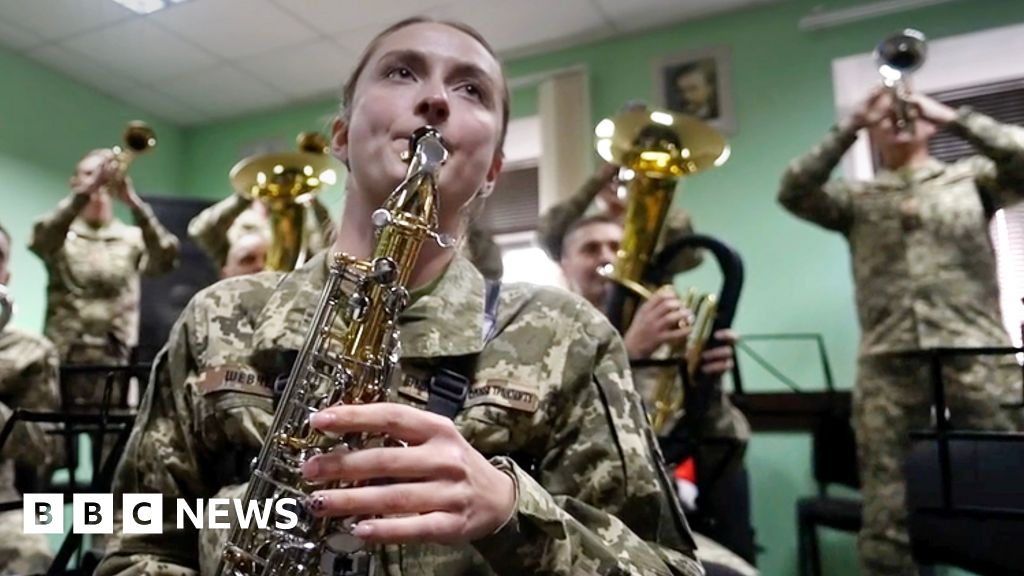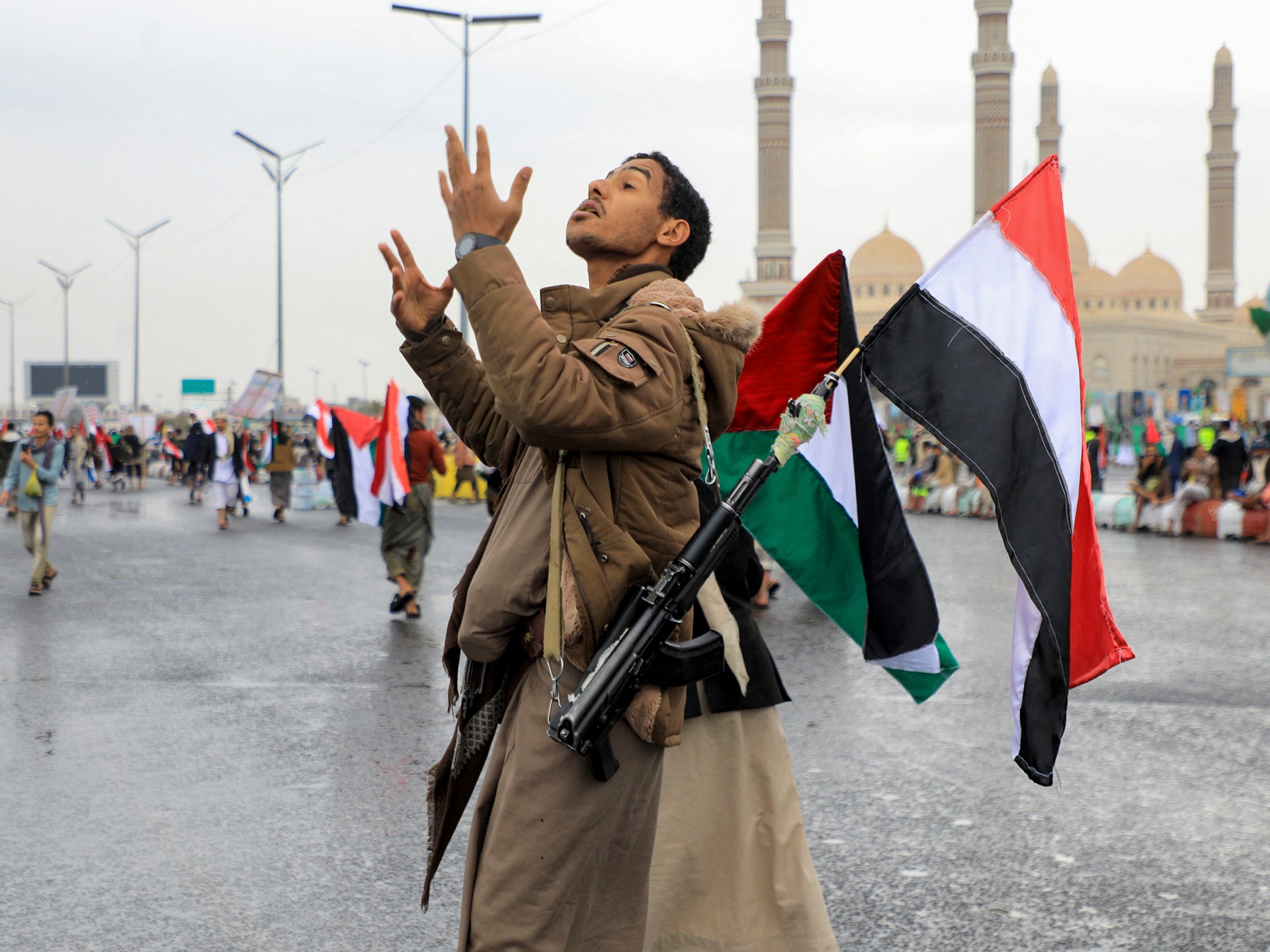Who’s in the running to be Iran’s next president? | Elections News
EXPLAINER
Six candidates have been approved to run for the presidency in an election to be held on June 28.
Iran will be holding its presidential election on June 28 in a vote that has been brought forward from 2025 following the death of President Ebrahim Raisi in a helicopter crash last month.
While the ultimate head of the Iranian state is the unelected Supreme Leader Ayatollah Ali Khamenei, the president is the second-most powerful position.
Six candidates have been approved to run for the presidency, and they are all ultimately supportive of and loyal to the supreme leader and the Iranian political system.
Let’s take a closer look at the candidates and what might come next in Iran.
Who are the candidates running for president?
The six are:
- Mohammad Bagher Ghalibaf – parliamentary speaker, former mayor of Tehran and former Islamic Revolutionary Guard Corps (IRGC) air force commander
- Saeed Jalili – Expediency Discernment Council member, former chief nuclear negotiator
- Alireza Zakani – mayor of Tehran
- Masoud Pezeshkian – member of parliament
- Mostafa Pourmohammadi – former interior and justice minister
- Amir-Hossein Ghazizadeh Hashemi – head of Iran’s Foundation of Martyrs and Veterans Affairs
How are they chosen?
After individuals submit their candidacy papers during a period set by election officials, they are all vetted by the Guardian Council, which makes the final decision on who can run.
The Guardian Council is a committee of 12 appointed members that wields considerable power in Iran.
How many candidates were rejected?
This year, as in the previous election, the Guardian Council rejected most of the applications – the 74 rejected candidates including some famous faces.
Perhaps the most well-known, particularly internationally, is former President Mahmoud Ahmadinejad, who served between 2005 and 2013.
Others rejected include the moderate former Parliament Speaker Ali Larijani – who was considered one of the frontrunners – and former Vice President Eshaq Jahangiri.
The Guardian Council does not explain why it has rejected a candidate publicly. What is known is that its members decide on a candidacy on the basis of perceived loyalty to the government of Iran.
Is there a favourite to win the election?
Ghalibaf and Jalili stand out as the immediate frontrunners. Both are conservatives, although Ghalibaf is seen as more relatively moderate, while Jalili is a hardliner.
Jalili ticks a lot of boxes when looking at a potential winner, at least when it comes to support from the establishment. He has strong ties with Khamenei and the powerful paramilitary IRGC.
He was also close to Raisi and would be the continuation candidate, having withdrawn in favour of the late president in the 2021 election.
Ghalibaf, on the other hand, is a technocrat, and also has close ties to the IRGC and Khamenei, but will come under attack from ultra-conservative media outlets.
Pezeshkian is the only candidate representing reformist Iranian politics, with other similar contenders not approved to run.
His only chance of success is if the conservative vote is split between Ghalibaf and Jalili and enough reformist Iranians vote.
However, the reformist movement in Iran was already weak politically, with many anti-government Iranians refusing to participate in the political system so as not to legitimise it.
Can any political changes be expected in Iran after the election?
The short list of approved candidates, and the political currents they largely adhere to, are signs that Iran will likely continue on its current political path following the election.
The election comes at a sensitive time for Iran, with a regional crisis as a result of Israel’s war on Gaza threatening to drag Iran into direct conflict.
The country also still has a strong anti-government movement, although protests have died down after being cracked down on by the state. The protests had started in 2022 following the death of Mahsa Amini, a young woman accused of not adhering to the country’s dress code for women.
The movement turned off an increasing number of Iranians from the political system, which will likely further entrench the conservative wing of the country in power, at least in the short term.
Check out our Latest News and Follow us at Facebook
Original Source







